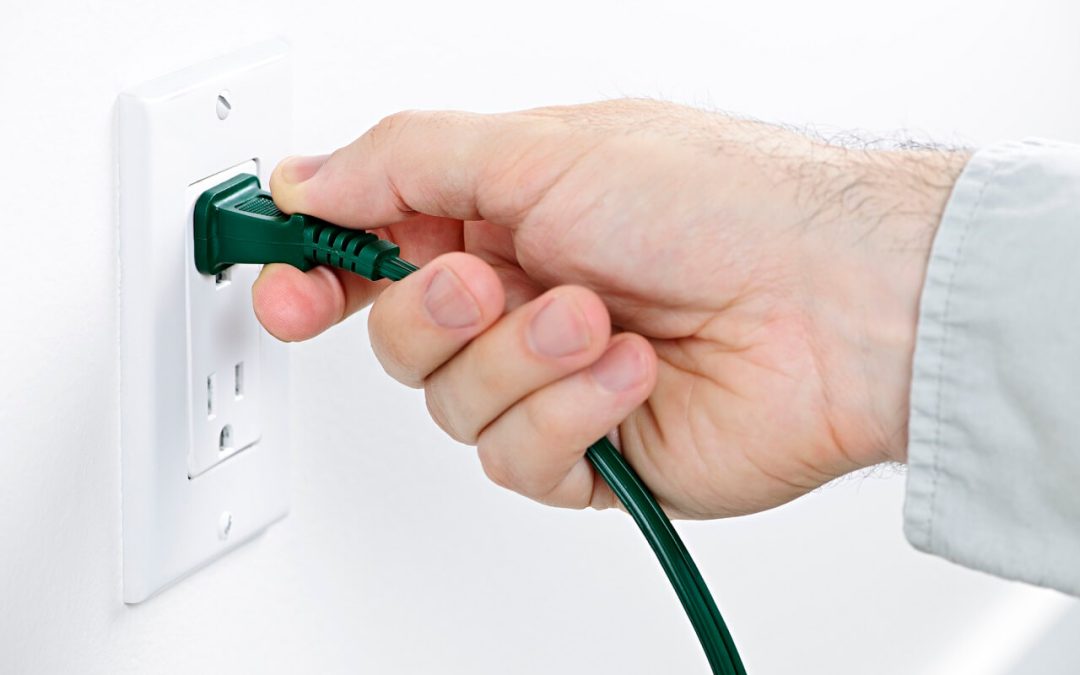Electricity is one of the most essential conveniences in any modern home, powering everything from appliances to lighting, entertainment, and climate control. But as much as it adds to everyday comfort, it can also pose serious risks when not handled properly. Understanding electrical safety in the home is key to protecting your family, preventing fire hazards, and avoiding costly damage. A few simple habits and awareness of potential hazards will go a long way in keeping things running safely.
Why Electrical Safety in the Home Matters
Many electrical problems aren’t immediately visible. Wiring hidden behind walls, overloaded circuits, or outdated outlets may quietly become serious hazards. According to the National Fire Protection Association, electrical failures or malfunctions are a leading cause of home fires. Keeping electrical safety top of mind in the home is about safeguarding your family and property.
Whether you live in an older house or a new build, regularly assessing the electrical systems will help prevent accidents. Many of the most common hazards—like frayed cords, improperly used extension cords, and overloaded outlets—are easy to overlook until a problem occurs.
Common Electrical Hazards in the Home
Understanding where danger might be hiding is the first step toward improving electrical safety in the home. One of the biggest risks comes from overloading circuits. Plugging too many devices into one outlet or using power strips incorrectly will strain wiring and lead to overheating. Older homes may not be equipped to handle today’s electrical demands and may be particularly vulnerable to these issues.
Another concern is damaged cords and exposed wiring. Pets chewing on cables, furniture rubbing against plugs, or years of wear and tear will cause the insulation to break down. This leaves wires exposed, increasing the risk of sparks or electrical shock.
Water and electricity are dangerous together, so areas like kitchens, bathrooms, and laundry rooms need extra attention. Ground-fault circuit Interrupter (GFCI) outlets should be installed in any location where moisture is present. These outlets will cut off power instantly when they detect a current leak, helping prevent electrical shock.
Improving Electrical Safety at Home
One of the best ways to guarantee electrical safety in the home is to schedule periodic inspections with a licensed electrician, especially if the house is over 25 years old or major renovations have been completed. A professional will identify outdated wiring, confirm proper grounding, and recommend upgrades.
Every day habits also make a difference. Avoid running extension cords under rugs, keep cords untangled and visible, and unplug small appliances when they’re not in use. Make sure outlets are not warm to the touch, and be cautious with DIY electrical projects—what seems like a small fix can have serious consequences if done improperly.
Childproofing electrical outlets is another smart move if there are young children in the home. Safety caps or tamper-resistant outlets will help reduce the risk of shock.
When to Seek Professional Help
Not all electrical issues come with warning signs, but a few red flags mean it’s time to call in a professional. Flickering lights, frequent tripped breakers, buzzing sounds, or a burning smell near outlets should never be ignored. These symptoms indicate a serious wiring issue or an overloaded circuit that needs immediate attention.
Adding new major appliances or planning an addition? That’s another good time to consult with an electrician to ensure the home’s system can safely handle the extra demand.
Electrical Safety Is an Ongoing Commitment
Maintaining electrical safety in the home isn’t a one-time task; it’s an ongoing commitment to creating a safe living environment. As technology evolves and more devices are used daily, the demand for home electrical systems continues to grow. Staying aware, staying cautious, and getting expert guidance when needed helps prevent accidents before they happen.
FAQs
What are the most common signs of electrical problems in the home?
Look out for flickering lights, frequently tripped circuit breakers, warm outlets, or a burning smell near plugs. These signals are serious issues that need professional attention.
How often should a home’s electrical system be inspected?
For newer homes, an inspection every 10 years is typically sufficient. Older homes should be checked more often—every 3 to 5 years or whenever renovations are made.
Are power strips and extension cords safe?
Yes, if used properly. Avoid daisy-chaining power strips and never use an extension cord as a permanent solution. Choose surge-protected strips and don’t overload them.
What’s the safest way to use appliances in wet areas?
Always use GFCI outlets in kitchens, bathrooms, laundry rooms, and outdoor areas. Never touch appliances with wet hands, and avoid using electrical items near water sources.
Cal Home Inspection provides home inspections in Sacramento, CA, and the surrounding areas. Contact us to schedule an appointment.

